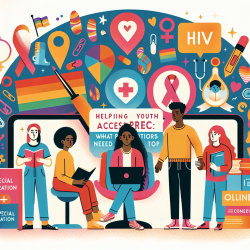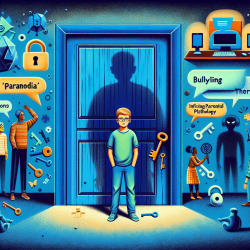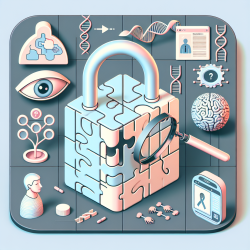Introduction
In today's world, air pollution is a significant concern that affects the health and well-being of people globally. While large-scale efforts to reduce emissions are crucial, individuals can also take personal steps to minimize their exposure to harmful pollutants. This blog, inspired by the research article "Personal Interventions for Reducing Exposure and Risk for Outdoor Air Pollution," aims to provide practitioners with insights on how to guide their clients, particularly children, in reducing their exposure to air pollution.
Understanding Personal Interventions
Personal interventions are strategies individuals can adopt to reduce their exposure to outdoor air pollution. These measures are especially important for those who are more susceptible to air pollution's adverse effects, such as children, the elderly, and individuals with pre-existing health conditions. The research highlights several key interventions:
- Staying Indoors: When air quality is poor, staying indoors can significantly reduce exposure to pollutants. It's essential to ensure that indoor air is clean by using air purifiers or central system filters.
- Limiting Physical Activity: Reducing physical activity during high pollution times can decrease inhaled doses of pollutants. However, it's crucial to balance this with the health benefits of regular exercise.
- Using Air Purifiers: Portable air purifiers and whole-house systems can effectively reduce indoor pollutant concentrations, providing a safer environment, especially for children with respiratory conditions.
- Wearing Respirators: Properly fitted respirators can reduce exposure to particulate matter, although they are less effective against gaseous pollutants.
Challenges and Considerations
While personal interventions can be effective, there are challenges and considerations to keep in mind:
- Equity and Access: Not all individuals have equal access to resources like air purifiers or respirators. Practitioners should consider the socioeconomic factors that may limit their clients' ability to implement these interventions.
- Communication: Clear communication about the risks of air pollution and the benefits of personal interventions is crucial. Practitioners should provide evidence-based guidance to help clients make informed decisions.
- Air Quality Indices: The information provided by air quality indices can be limited. Practitioners should encourage clients to use multiple sources of information to make the best decisions about when to implement personal interventions.
Encouraging Further Research
The research underscores the need for more empirical, outcome-based studies to better understand the efficacy of personal interventions. Practitioners are encouraged to stay informed about the latest research and to contribute to the body of knowledge by documenting and sharing their experiences and outcomes with personal interventions.
Conclusion
By understanding and implementing personal interventions, practitioners can play a crucial role in helping their clients, especially children, reduce their exposure to harmful air pollutants. This not only improves health outcomes but also empowers individuals to take control of their environment. For those interested in delving deeper into the research, I highly recommend reading the original paper: Personal Interventions for Reducing Exposure and Risk for Outdoor Air Pollution: An Official American Thoracic Society Workshop Report.










